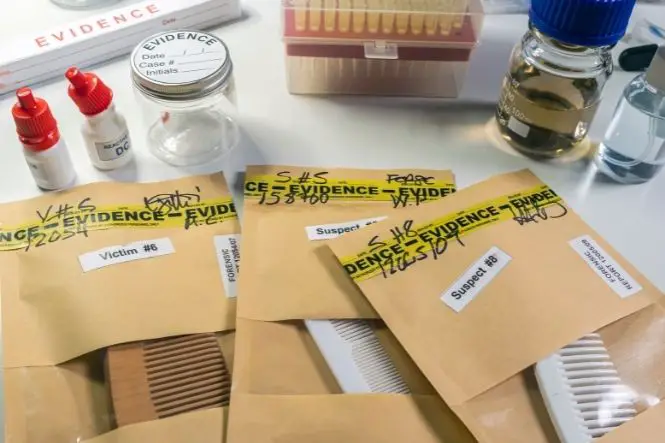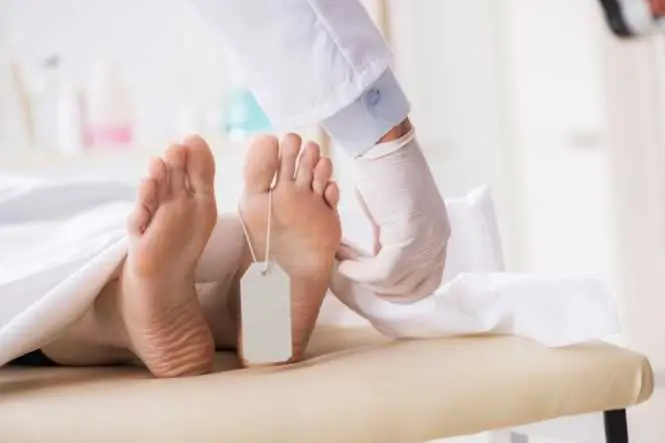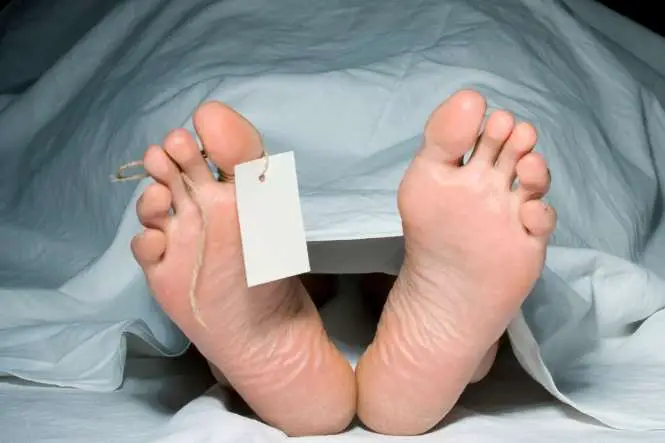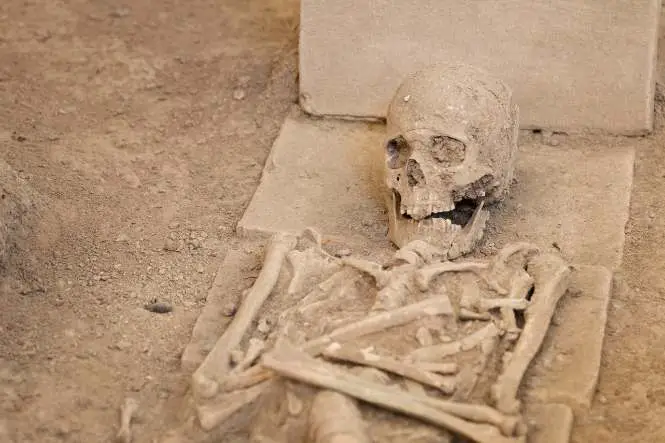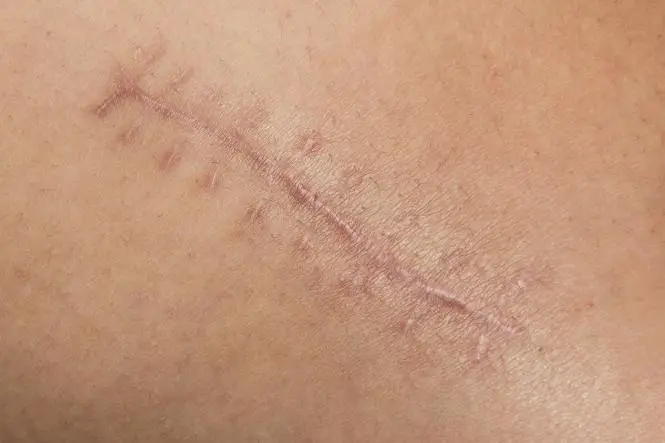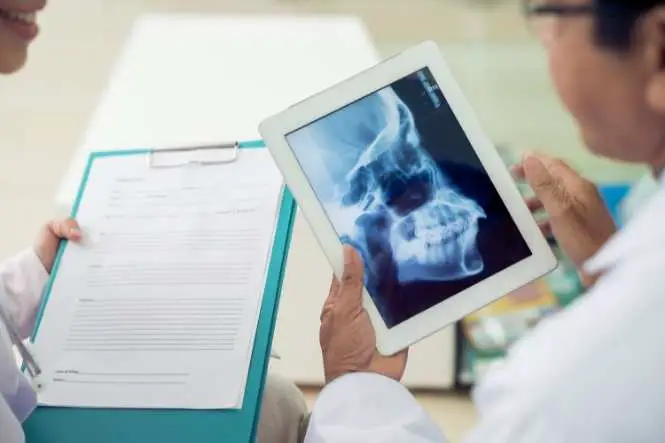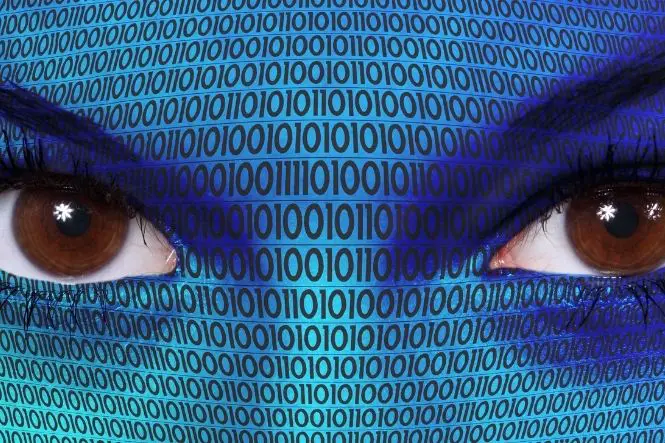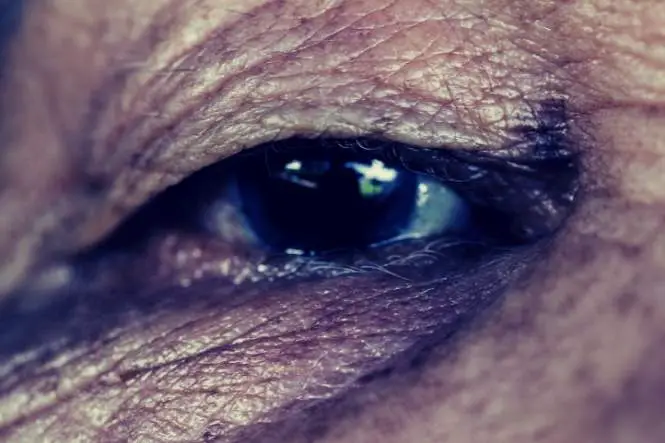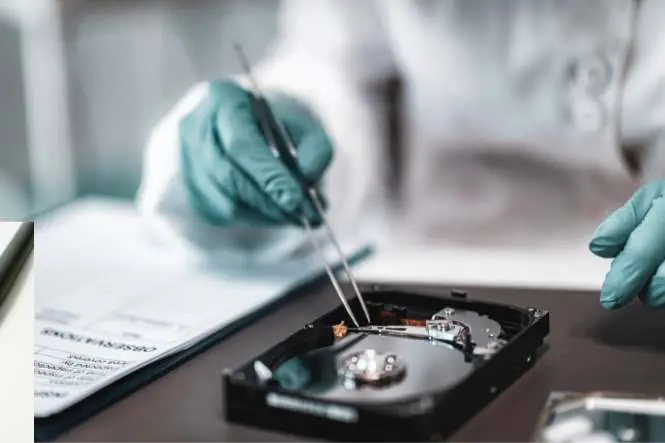Building a Criminal Case Using Forensic Evidence
The most important element of any case against a suspected criminal is the forensic evidence. In the past much was made of eye witness accounts of a crime but now – as technology evolves – the eye witness is the evidence left at the scene of a crime by the …

